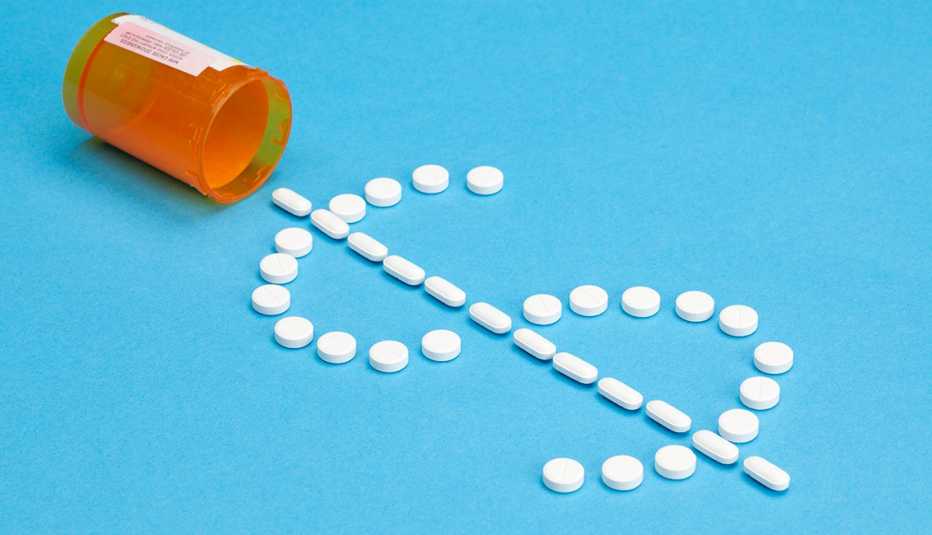Staying Fit


List prices on more than 1,200 prescription drugs rose faster than inflation between July 2021 and July 2022, rising on average 31.6 percent, according to a new report the Department of Health and Human Services (HHS) says illustrates the need for a key provision of the Inflation Reduction Act.


AARP Membership— $12 for your first year when you sign up for Automatic Renewal
Get instant access to members-only products and hundreds of discounts, a free second membership, and a subscription to AARP the Magazine.
Under the new law, pharmaceutical companies that raise the price of their products more than the rate of general inflation will have to pay Medicare a rebate for those outsize price hikes. The provision is designed to help reduce the size and frequency of prescription drug price increases, according to HHS. Price tracking that will be used to assess rebates began on Oct. 1.
“In recent years, prescription drug prices have skyrocketed, but thanks to the Inflation Reduction Act, America’s families will soon start seeing relief,” HHS Secretary Xavier Becerra said in a statement.
Drug price report highlights
Using data aggregated by the web-based analytical tool AnalySource, HHS’s Office of Health Policy examined all prescription drug price increases that occurred in January and July of 2022. The two months, the office notes, historically account for most of the drug price increases that occur each year.
Among its key findings:
- The list price of more than 3,000 drugs increased in January and/or July of 2022, a greater number than in January and July of 2021.
- The average price increase was nearly $150 per drug (10 percent) in January 2022, and it was $250 (7.8 percent) in July 2022.
- There were 1,216 products whose price increases during the 12-month period from July 2021 to July 2022 exceeded the inflation rate of 8.5 percent for that time period. The average price increase for these drugs was 31.6 percent.
- The sharpest percentage price hike (over 1,000 percent) was for fluconazole, an antifungal medication. The wholesale package price increased from $2 to $24 or more.
- The largest list price increase, however, was for two cancer medications, Tecartus and Yescarta. Each saw its wholesale package price climb from $399,000 to $424,000.

































































More on health
AARP Research: Prescription Drugs That Cost Medicare the Most
Brand-name manufacturers still increasing medication prices
What if Milk Prices Rose as Fast as Prescription Drugs?
Basic staples would be out of reach for many if prices went up at the same rate as popular prescription drugs
Are You Taking Too Many Drugs?
Nearly half of older adults take at least five daily medications